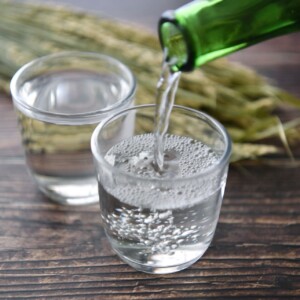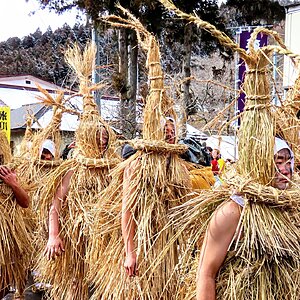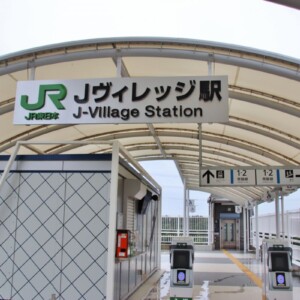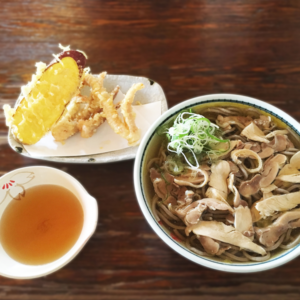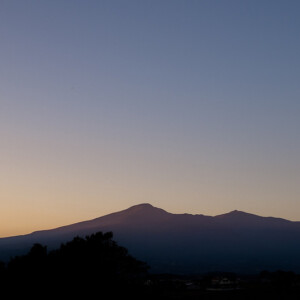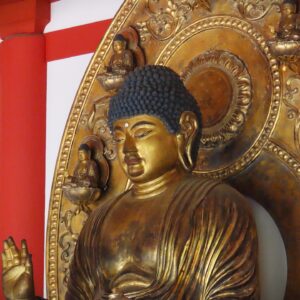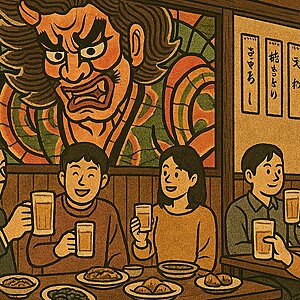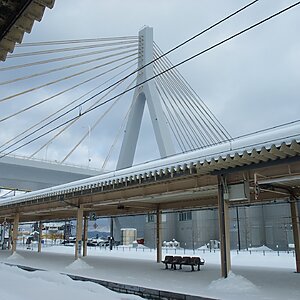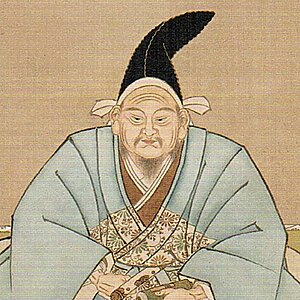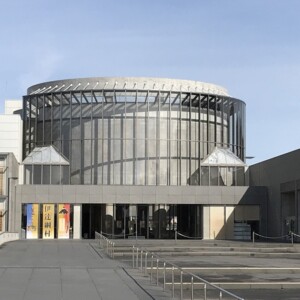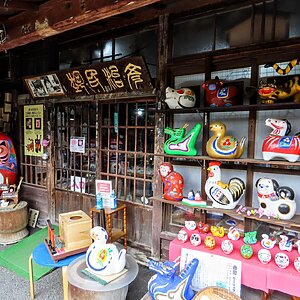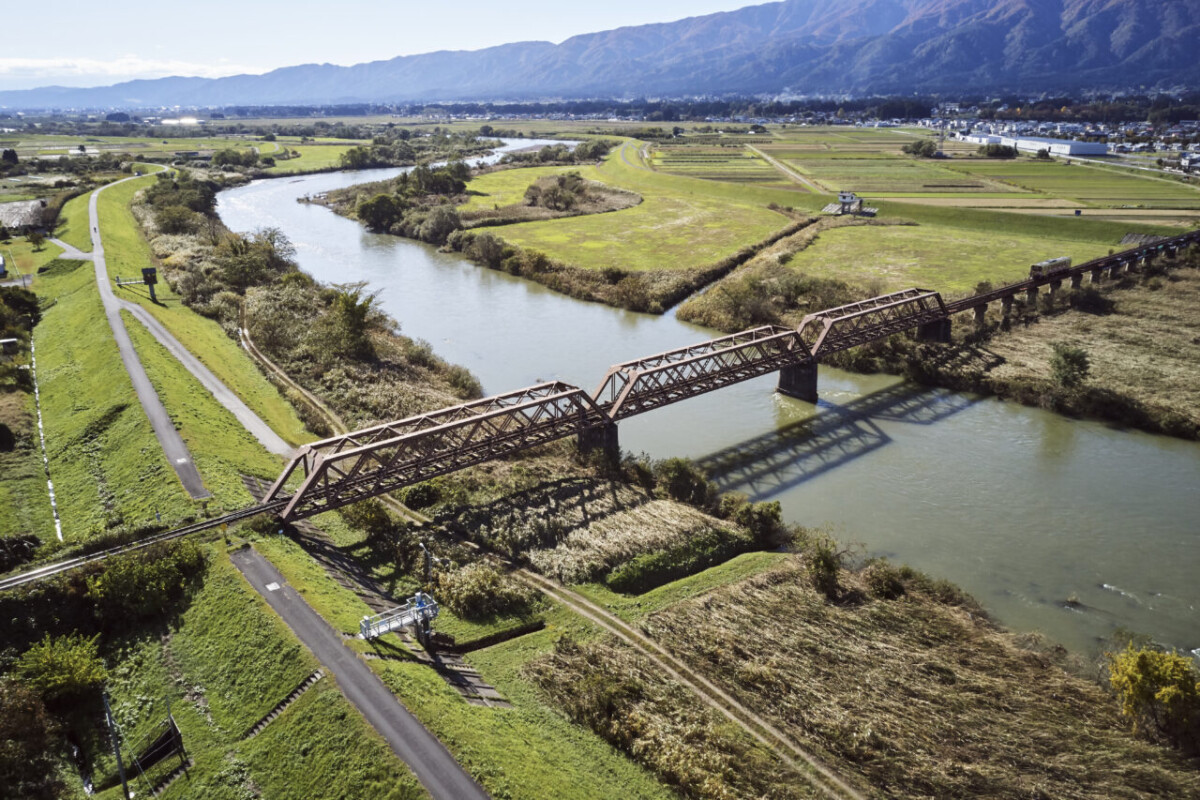
Nagai, the former Yonezawa domain boat transport town that flourished through the Mogami River [Yamagata Prefecture]
table of contents
- 1 Nagai, where Date Masamune was once the lord
- 2 During the Edo period, the Mogami River, which was full of difficult passages, was improved and a dock was established
- 3 Landscapes created by connections with water are registered as cultural landscapes
- 4 Nagai Bunkyo no Mori: Historic buildings used as museums and art galleries
- 5 The oldest government building in Yamagata: Former Nishiokitama County Office (Kozakurakan)
- 6 Yamase Gura (Yamase Gura Museum) - the storehouse of a wealthy merchant who made his fortune from Nagai Tsumugi silk
- 7 The building from the Meiji era is the "Nabeya Main Store"
- 8 An Edo-period building still in use: Japanese sake brewery "Naganuma Partnership Company"
- 9 The former Nagai Elementary School No. 1 building was an active school building until a few years ago
- 10 Yamaichi Soy Sauce Shop, a 100m long row of old buildings
- 11 Uzen-Narita Station: A Taisho-era station building still in use today
Nagai City, located in the southern part of Yamagata Prefecture , was established in 1954 (Showa 29) through the merger of one town and five villages - Nagai Village, Nishine Village, Hirano Village, Isazawa Village, and Toyoda Village - with the former Nagai Town at its center, which developed during the Edo period due to boat transportation on the Mogami River.
Nagai, where Date Masamune was once the lord
The place name "Nagai" means "a place where water gathers," and three rivers, including the Mogami River, flow around the town, irrigating the land
The Nagai Basin, through which the Mogami River flows, has been inhabited since the Jomon period. In the Middle Ages, the district of Okitama was established, and in the Kamakura period, the Nagai clan became the lord and Okitama was renamed Nagainosho. During the Nanboku-cho period, it became the territory of the Date clan, and Date Masamune was also the lord for a time. After the Date clan was exiled to Iwadeyama (Osaki City, Miyagi Prefecture) for disobeying Toyotomi Hideyoshi's orders, it became the territory of the Yonezawa Domain in the Edo period, a status that continued until the Meiji Restoration.
During the Edo period, the Mogami River, which was full of difficult passages, was improved and a dock was established
During the Edo period, a dock on the Mogami River was established in Nagai, making it the center of Mogami shipping in the Yonezawa domain
The Mogami River flows gently up to Oishida (Oishida Town) in the middle reaches, and Oishida thrived as the largest wharf. However, to reach the upper reaches where the Yonezawa domain was located, boats had to overcome many difficult obstacles, making navigation extremely difficult
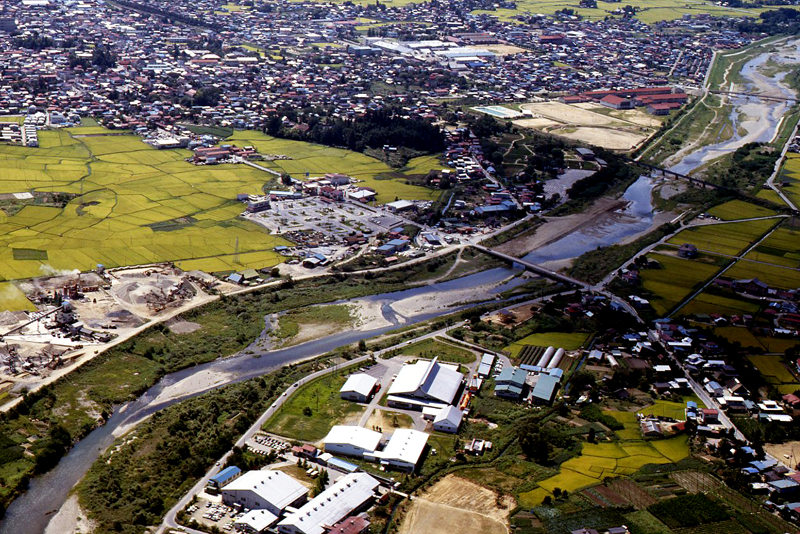
Hoping to find a way to fix the problem, Nishimura Kyuzaemon, a merchant for the Yonezawa domain, obtained permission from the shogunate and the domain, and began improving the flow of water at his own expense
Construction began in June 1863 (Genroku 6), with excavation of bedrock from Sazawa (Sagae City) to Nagai, and was completed in September of the following year. Wharves were built in Miya and Koide (Nagai City). Since then, Nagai has developed as a town based on shipping on the Mogami River
This continued even after the Meiji Restoration, and continued until the opening of the former Japan National Railways Nagai Line (now the Yamagata Railway Flower Nagai Line) in 1914 (Taisho 3)
Landscapes created by connections with water are registered as cultural landscapes

With the opening of the Nagai Line, Nagai, a town based on water transportation, became a hub for goods transportation in Nishiokitama, primarily by rail, and local specialties such as agricultural produce and silk textiles began to be shipped from Nagai to all parts of the country
Many buildings and structures from that era remain in the center of Nagai, giving a glimpse of the bustle it once enjoyed. Nagai, where many tributaries of the Mogami River converge, is a place where people's lives are based on water, including boat transport, and traces of this can still be seen in the Miya and Koide areas, where there were docks
This unique landscape has been designated as an Important Cultural Landscape by the nation as "Nagai Town Landscape in the Upper Mogami River Basin."
Nagai Bunkyo no Mori: Historic buildings used as museums and art galleries
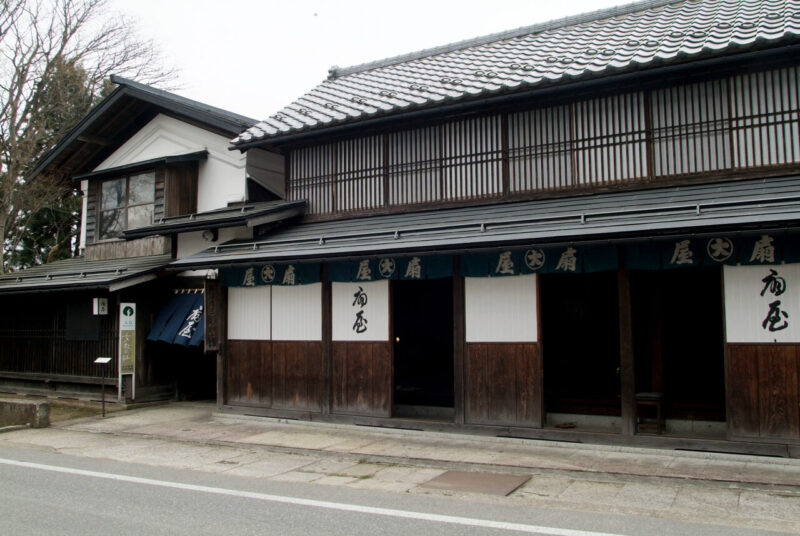
Marudai Ogiya was a kimono merchant that prospered from the Edo period through the Showa period thanks to shipping on the Mogami River. Seven historic buildings have been preserved within the roughly 2300m2 site, including a miso storehouse built in 1832 (Tenpo 3) and a new parlor built in 1912 (Taisho 1). Six of these buildings - the main house, store, storehouse, uchikara (storehouse), tatami storehouse, and new parlor - designated tangible cultural properties by Yamagata Prefecture stands the Naganuma Kozo Sculpture Museum, which exhibits works by the head of the family, sculptor Naganuma Kozo
Former Marudai Ogiya <Information>
- Facility name: Former Marudai Ogiya
- Address: 1-11-7 Tokamachi, Nagai City, Yamagata Prefecture
- Phone number: 0238-88-4151
- Opening hours: 10:00-17:00 (last admission at 16:30)
- Closed: Mondays, the last day of the month (the following day if Monday is a public holiday), and winter (December 29th to March 31st)
- Admission fee: Free admission to the former Marudai Ogiya
- Naganuma Kozo Sculpture Museum exhibits sculptures by the head of the Naganuma family
- Admission fee: Adults 300 yen, High school students 200 yen, Elementary and middle school students 100 yen
The oldest government building in Yamagata: Former Nishiokitama County Office (Kozakurakan)
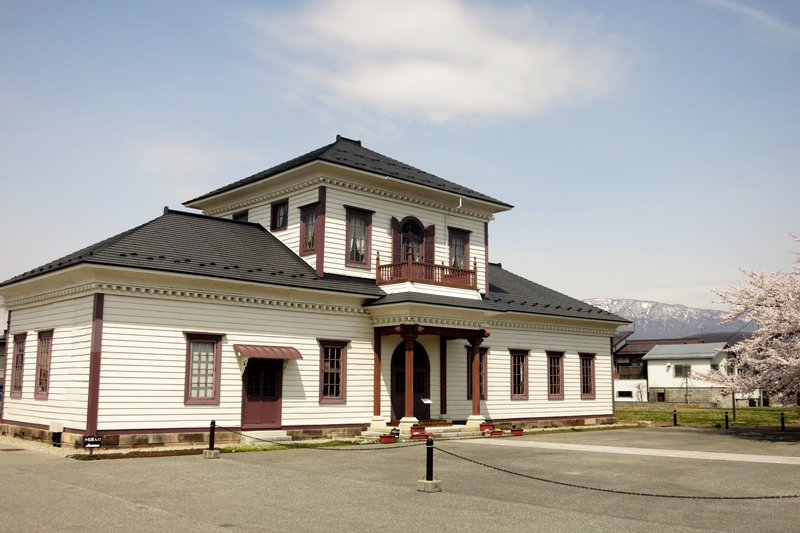
The former Nishiokitama County Office (designated as a tangible cultural property by Nagai City) was built in 1878 (Meiji 11) as the office for Nishiokitama County, where Nagai is located, when the county system was established in the Meiji era. It is the oldest county office building in Yamagata Prefecture (the second in Japan). It is currently used as Kozakurakan, a place for cultural activities for local residents.
Former Nishiokitama County Office <Information>
- Facility name: Former Nishiokitama County Office (Kozakurakan)
- Opening hours: 9:00-17:00 (until 21:00 when activities or exhibitions are held)
- Closed: Mondays (or the following day if Monday is a public holiday)
- Admission fee: Free (fees apply for facility use)
- Facility name: Bunkyo no Mori Nagai
- Address: 1-11-7 Tokamachi, Nagai City, Yamagata Prefecture
- Phone number: 0238-88-4151
- URL: Bunkyo no Mori Nagai
Yamase Gura (Yamase Gura Museum) - the storehouse of a wealthy merchant who made his fortune from Nagai Tsumugi silk
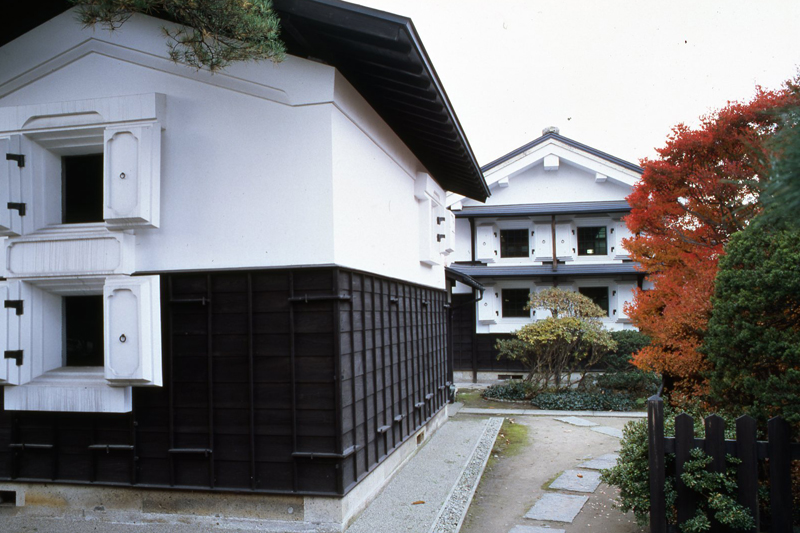
Yamase Storehouse is the former storehouse of Mogamiya, which made its money from shipping second-hand clothes and tabi since the Genroku period, and later on handled clothing such as Nagai Tsumugi silk. The head of the family worked hard to improve Nagai Tsumugi silk, and the business reached its peak during the Meiji period. Five storehouses built during the Meiji period remain, giving a glimpse into the wealthy merchant life of the family.
Yamase Kura <Information>
- Facility name: Yamase Kura (Yamase Kura Museum)
- Address: 6-61 Aramachi, Nagai City, Yamagata Prefecture
- Phone number: 0238-88-9988
- Opening hours: 10:00-17:00
- Opening days: Friday, Saturday, Sunday
- Closed: Mondays to Thursdays, and during the winter season (late November to early April)
- Admission fee: Adults 500 yen, High school and university students 300 yen, Elementary and junior high school students 100 yen
The building from the Meiji era is the "Nabeya Main Store"
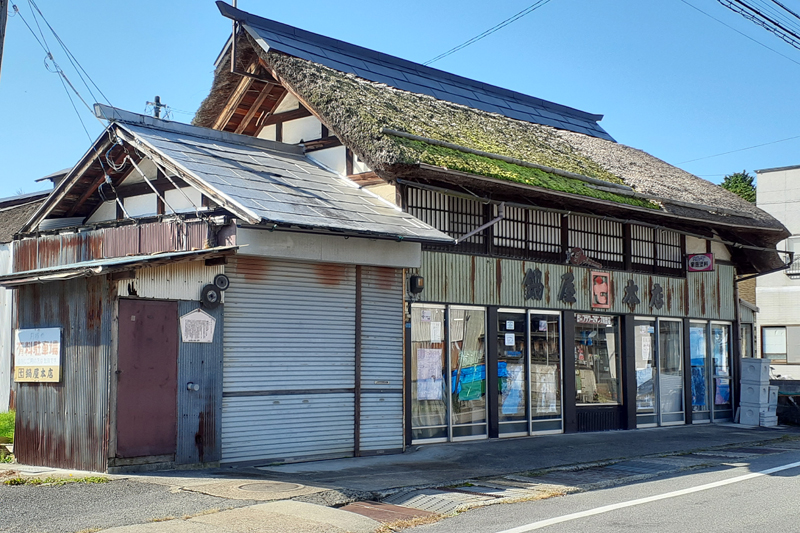
Nabeya Honten is a hardware store founded in the late Edo period that is still in business today. The building was rebuilt in the 1890s and is still in use today, making it a valuable building for learning about stores and life in the Meiji period. It has been designated a national registered tangible cultural property.
Nabeya Main Store <Information>
- Facility name: Nabeya Main Store
- Address: 1-10-15 Tokamachi, Nagai City, Yamagata Prefecture
- Phone number: 0238-88-5279 (Nagai City Tourism Association)
An Edo-period building still in use: Japanese sake brewery "Naganuma Partnership Company"
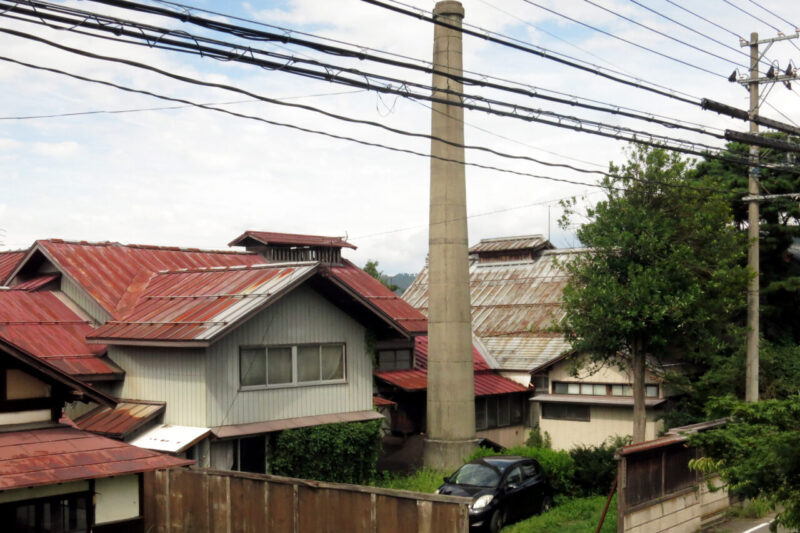
Naganuma General Partnership is a sake brewery founded in 1916 (Taisho 5). Before becoming a sake brewery, the brewery ran a kimono shop and a silkworm farm, and six of its buildings, including the main house from the late Edo period, a Meiji period storehouse, and a brewery built in the Taisho period, have been designated as national tangible cultural properties. The brand of sake is Somura
Naganuma Partnership <Information>
- Facility name: Naganuma General Partnership
- Address: 1-1-39 Tokamachi, Nagai City, Yamagata Prefecture
- Phone number: 0238-88-2007
The former Nagai Elementary School No. 1 building was an active school building until a few years ago
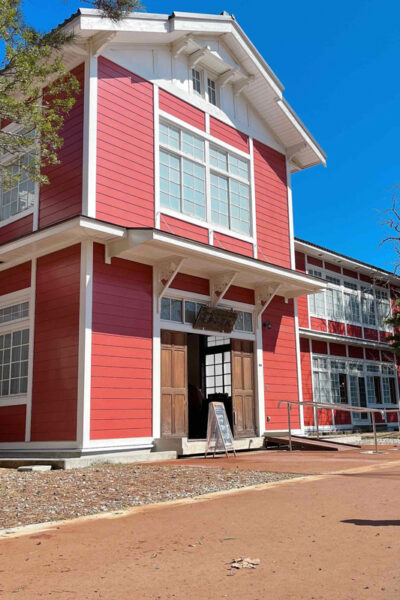
The former Nagai Elementary School No. 1 building is a two-story wooden school building built in 1914 (Taisho 3) that was in use as an elementary school until 2015 (Heisei 27). With its vivid red exterior walls, a grand central staircase, and a long corridor with a boat-shaped ceiling, it is a very distinctive building and has been designated a national tangible cultural property. It has now been renovated and is used as a base for learning and interaction in Nagai City.
Former Nagai Elementary School First Building <Information>
- Facility name: Former Nagai Elementary School First Building
- Address: 5-3 Mamanoue, Nagai City, Yamagata Prefecture
- Phone number: 0238-87-1802 (former Nagai Elementary School first building)
- Business hours: 9:30-21:30
- Closed: Mondays (or the following day if Monday is a public holiday), December 29th to January 3rd
- *Please inquire for details on how to use the service
- URL: Former Nagai Elementary School No. 1 Building
Yamaichi Soy Sauce Shop, a 100m long row of old buildings
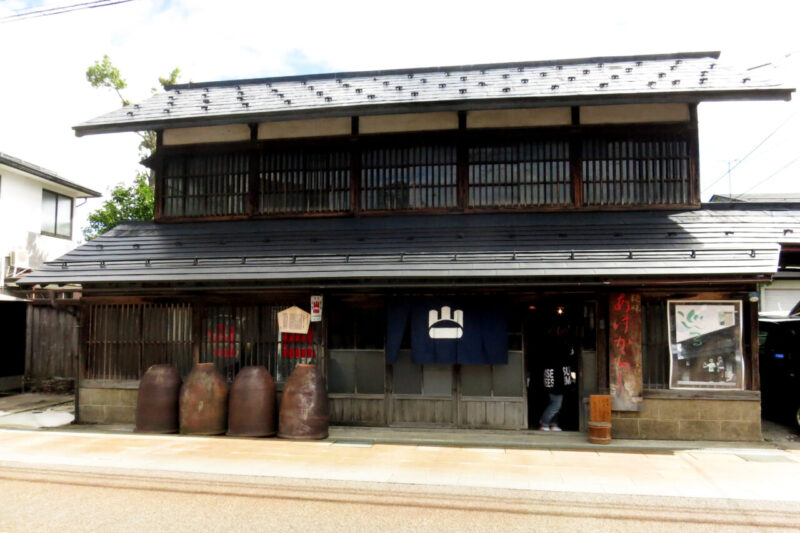
Yamaichi Soy Sauce Shop is a soy sauce and miso storehouse dating back to 1846 (Koka 3), with the current building being rebuilt around 1920 (Taisho 9). Adjacent to the store are the young men's room, soy sauce storehouse, preparation area, and miso storehouse, all of which stretch for approximately 100m. The miso and soy sauce are handmade using traditional preparation methods and continue to be loved by many repeat customers from both the local area and far away (a nationally registered tangible cultural property) .
Yamaichi Soy Sauce Store <Information>
- Facility name: Yamaichi Soy Sauce Store
- Address: 6-57 Aramachi, Nagai City, Yamagata Prefecture
- Phone number: 0238-88-2068
- Business hours: 9:00-17:00
- Closed: Sundays and public holidays
- Brewery tour: Please inquire
- URL: Yamaichi Soy Sauce Store
Uzen-Narita Station: A Taisho-era station building still in use today
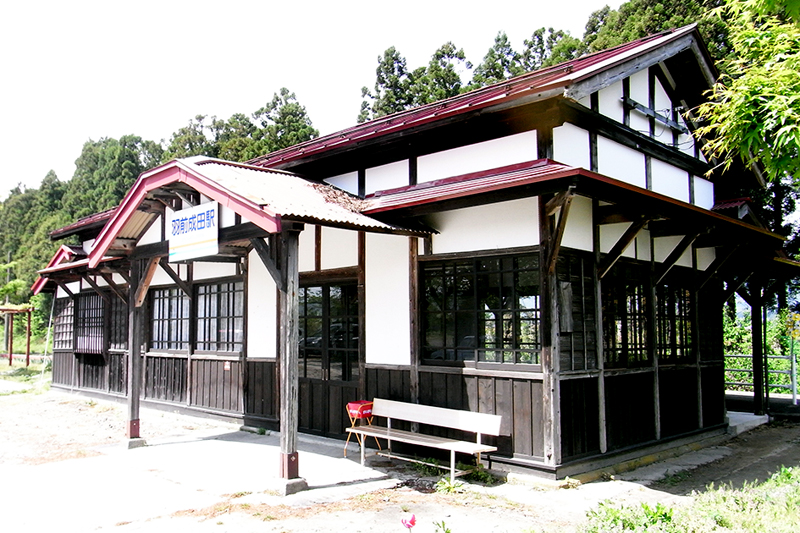
Uzen-Narita Station opened in 1922 (Taisho 11) when it was the former Japan National Railways Nagai Line, the predecessor of the current Yamagata Railway Flower Nagai Line. The station building is still in use as it was when it first opened, and is designated as a national registered tangible cultural property.
Uzen-Narita Station <Information>
- Facility name: Uzen-Narita Station
- Address: 1882-2 Narita, Nagai City, Yamagata Prefecture
- Phone number: 0238-88-2002 (Yamagata Railway)
- URL: Flower Nagai Line
Nagai City <Information>
- Nagai City
- Location: Nagai City, Yamagata Prefecture
- Phone number: 0238-88-5279 (Nagai City Tourism Association)
- URL: Nagai City Tourism Association



![Inuchi Ginzan, which supported the Akita Domain's finances. The coal mining town was filled with over 15,000 people [Yuzawa City, Akita Prefecture] 18601c3908c5115e822472a1ae91f736](https://jp.neft.asia/wp-content/uploads/2023/12/18601c3908c5115e822472a1ae91f736-150x150.jpg)
!["Mogami safflower" certified as a Japanese heritage and Japanese agricultural heritage [Yamagata Prefecture] Mogami safflower](https://jp.neft.asia/wp-content/uploads/2022/12/30121446_m-1-150x150.jpg)

![[Aomori Prefecture] 3 recommended hot springs in Aomori Prefecture that you can choose from secret hot springs, famous hot springs, and unique spring quality! 24753617_m](https://jp.neft.asia/wp-content/uploads/2024/02/24753617_m-150x150.jpg)
![The Ani Mine, which was said to be the number one in Japan during the Edo period and supported the Kubota Domain [Kita Akita City, Akita Prefecture] Ani Mine](https://jp.neft.asia/wp-content/uploads/2024/04/anikouzan-150x150.jpg)
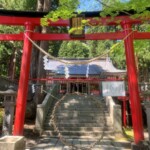
![The historical heritage of Yurihonjo City, which was established by three domains during the Edo period [Akita Prefecture] Tensagi Castle, a theme park that collects the history of the former Kameda domain ©Tabi Tohoku](https://jp.neft.asia/wp-content/uploads/2024/07/78f1019a234bb8928a04b0041a2a581d-150x150.jpg)
![[Hirogata reclamation history ①] The second largest lake in Japan has become a vast rice field [Ogata Village, Akita Prefecture] 7561d23df2a0ec24c664e184c3fc8d8f](https://jp.neft.asia/wp-content/uploads/2024/07/7561d23df2a0ec24c664e184c3fc8d8f-150x150.jpg)
